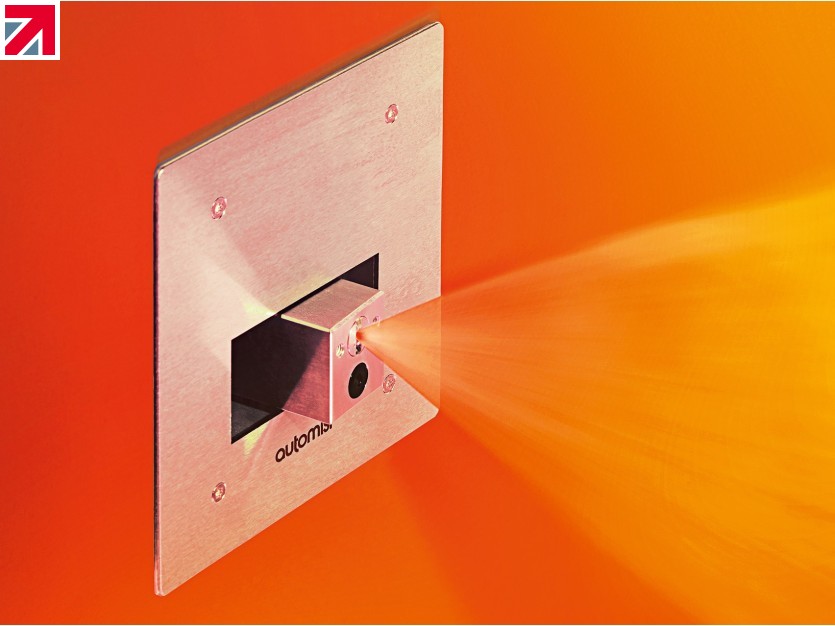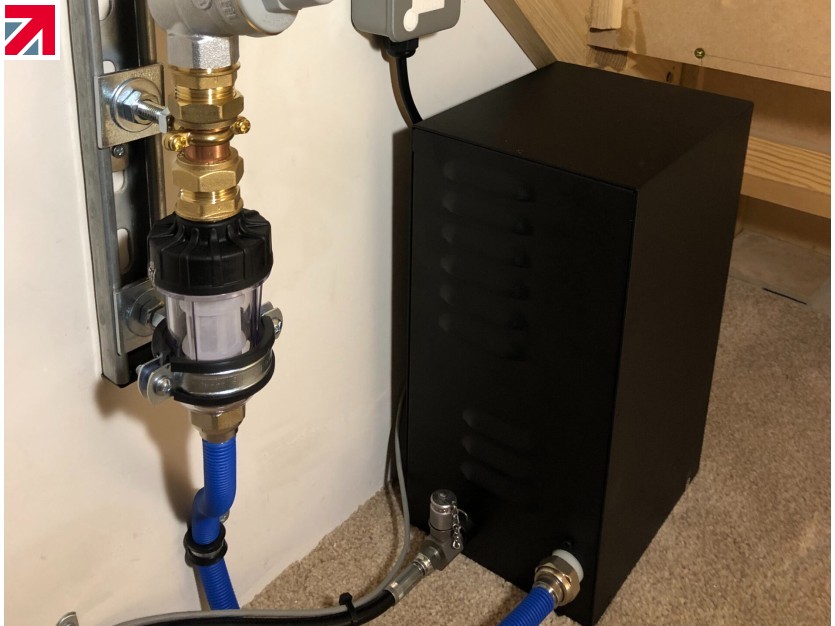New regulations are a step in the right direction to improving fire safety measures, but we must not limit the scope of these changes to be centred around buildings alone, writes William Makant CEO and co-founder of fire suppression specialist Plumis.
In 2011, Wales became the first country in the world to make the installation of automatic fire suppression systems (AFSS) mandatory in new homes, blocks of flats – as well as care homes and university halls of residence – with their law coming into effect in 2013.
Seven years later, building regulations in England were changed to reduce the minimum building height at which sprinklers are required in new residential buildings, from 30 metres to 11 metres.
Latest regulatory change
Fast forward to today, this month in fact, and Scotland has implemented changes that mean all new-build social housing properties, flats, and shared multi-occupancy residential buildings must be fitted with AFSS. Previously in Scotland, AFSS were only required in new high-rise blocks of flats above 18 metres tall.
When publishing the guidance on the new regulatory changes, the Housing Minister Kevin Stewart said: “The increased requirements for AFSS will further improve fire safety for thousands of new homes each year. These systems have been proven to save lives and it is right that we now make these changes.”
The new regulation is a positive move from the Scottish government in increasing the safety of communities, residents and firefighters. However, the changes, like many other existing and soon to be introduced building regulations, put focus on the structure and fabric of the building rather than the risk profile of the occupier. The focus also remains on new buildings, but to overcome the fire safety challenges in homes now we believe focus also needs to placed on protecting those most at risk.
Identifying risk
Whilst the types of properties covered by the new regulations in Scotland include those that are likely to house large numbers of vulnerable residents, measures must also be taken to improve protection for those at risk in existing homes.
In fact, a study carried out by the Building Research Establishment (BRE) shone a spotlight on the type of residents most at risk from fire fatalities and serious fire injuries in Scotland. Data compiled in Phase 1 of the research project, enabled the BRE to form a profile of a person involved in a typical fire fatality or serious injury, as well as the associated demographic profile and common background conditions of those most at risk.
Factors such as living alone, being vulnerable or elderly, tendency to fall asleep or being asleep, having medical conditions, illnesses or temporary lack of physical mobility, or not hearing the alarm all contributed.
With these findings in mind, an additional challenge is the ageing population and the increasing prevalence of dementia. In 2015, it was reported that there were around 901 million people aged 60 years and over across the world representing 12.3 per cent of the total population. By 2050, this figure will have increased to 2.1 billion or 21.3 per cent of the global population.
Similarly, there are currently over 800,000 people in the UK currently living with dementia, with numbers estimated to reach over 1 million in the next decade. Dementia impacts the brain and body in a number of ways, including judgement, sense of time and place, behaviour, physicality ability and the senses, presenting an even wider range of challenges and disparate needs for housing providers to address.
Both these challenges, alongside the occupier risks identified by the BRE demonstrate that we need to find new ways to protect vulnerable residents. Fire safety technology needs to be a key part of a combined solution.
Recommended approaches
Following its investigation of the main causes for fire-related fatalities and injuries, the BRE put forward 14 recommendations to mitigate risk. One of these recommendations was to investigate the wider use of Personal Protection Systems (PPS) to safeguard those most at risk. The BRE found that “By utilising multiple fire alarms (including heat alarms in the kitchen), and implementing pipework with appropriate heads, the water mist can be provided to different areas using one control panel in such a way that zones could be addressed and configured so that the water mist suppression is delivered in the area in which the fire is present.”
PPS’s effectiveness has been proven in domestic situations involving vulnerable residents who are unable to move away from the fire or leave the room of fire origin. It is for this reason we have been working to enhance our own Automist PPS to support social landlords with providing a more person-centred approach to protection for those most at risk. This flexible and portable option can also lead to more vulnerable residents living independently for longer with greater levels of protection from fire-related incidents.
Similarly, our Automist Smartscan is well equipped to tackle fires that other traditional suppression technologies have struggled with, as they are outside of their normal operating parameters. Electronic activation enables Automist to raise the alarm and activate at the earliest opportunity helping to maximise survivable conditions (tenability). Utilising multiple detectors connected to multiple spray heads our system already aligns closely with the solution suggested in the BRE report.
Maintaining tenability conditions is pivotal when protecting vulnerable occupants who are unable to escape easily from a fire; as the BRE report highlighted in its analysis the most common cause of death from fire-related fatalities was being overcome by gas or smoke. This alone contributed to 73 deaths or 30 per cent of the fire-related fatalities reported that year.
All combustible materials produce some amount of toxic smoke when they burn. How much toxic smoke will be emitted depends on the material, the amount of oxygen available and how long it burns. Even a small fire limited to the item first ignited can produce lethal conditions in a flat or house within 20 minutes, and the risk can vary significantly depending on the health and age of the person living there.
This is significant as the number of electrical fires, which are often slow-growing, increases; the charity Electrical Safety First reported that approximately 19,300 of accidental domestic fires were caused by faulty appliances, electrical leads or fuel supplies.
Traditional bulb sprinklers require ceiling temperatures to reach a certain temperature before activating. This is typically around 68 degrees Celsius and so would work best on fast-growing fires, like an old sofa fire.
When I first started working in the sector and was interviewing local firefighters, I didn’t realise that fire extinguishers in high-rise housing blocks can act as a fire risk when people who should be making their escape use them to fight a blaze. But what I did learn was that firefighters occasionally spray a mist of water into a fire when they first arrive in order to bring the temperature down.
We applied this knowledge and incorporated it into the design of Automist, ensuring that the water mist worked to consume much of the fire’s energy in converting water to steam and reducing the overall temperature of the room in the region of the fire.
Wider installation of this technology, in combination with interventions and appropriate responses during different stages of a fire, should result in further lives being saved.
It is for these reasons that we believe that the wider use of proven water mist technology is an attractive option to offer additional protection. We remain committed to the wider education of the sector about the benefits of this technology, particularly for existing properties and for vulnerable tenants.
Whilst we welcome the new regulations in Scotland and hope similar regulations will be implemented in other countries, we think more needs to be done to protect those at risk wherever they live, in existing or new homes. The final phase of the BRE report suggests that more lives could be saved if existing technologies are applied immediately. We would also argue that targeting measures at those most at risk, is vital to reducing fire-related injuries and fatalities.
Find out more about Plumis Ltd on their member profile page here
Member-created content 3 years ago | From members


